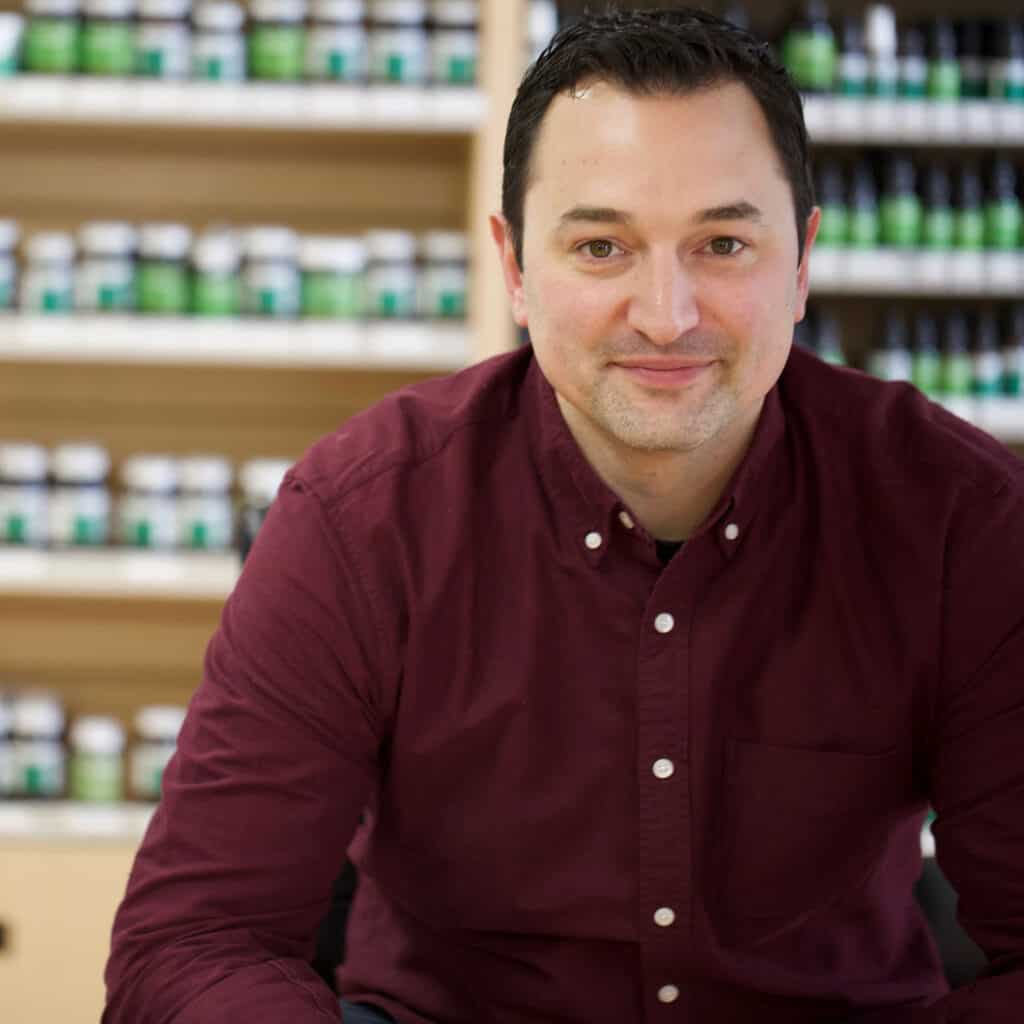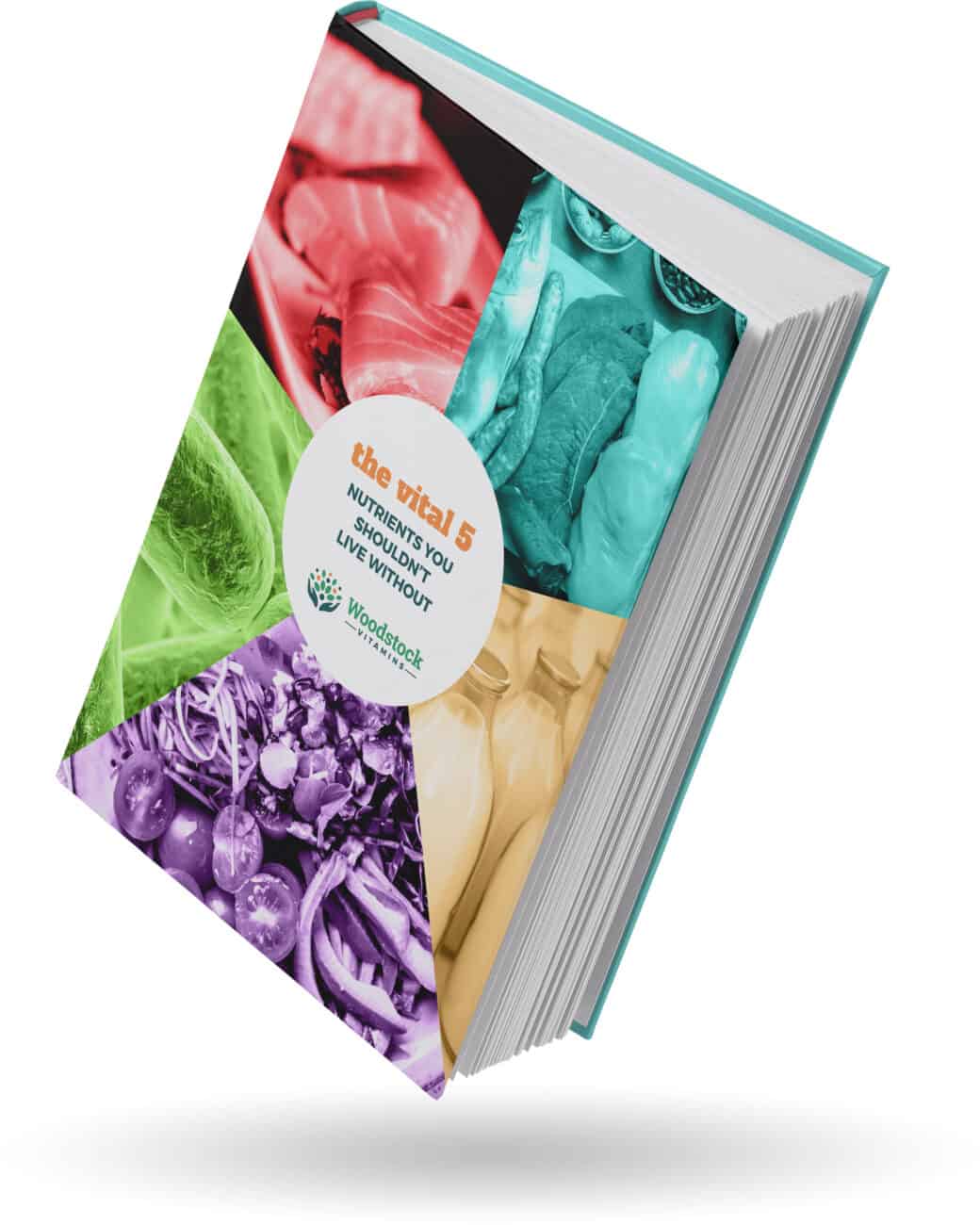This month we attack the propaganda machine that is targeting a new diet trend – Raw Food Diets. The talking heads and supplement companies are going after people who participate in Raw Food Diets trying to extract every last penny and misdirect them (as usual). We’re here to protect our Raw Foodies and educate others on what a Raw Food Diet is. And for a Thanksgiving present, we’ll teach you how to make a real, raw Nutella inspired spread.
First, a definition – at least in theory… “Raw” is one of those unregulated, fuzzy words that gets attached to a lot of stuff. When we discuss raw as it pertains to foods, we consider things that are unprocessed and, many times, uncooked. The goal of eating raw food is to not alter the natural composition of the food and its nutrients. Raw food dieters will make an exception for the process of dehydrating, as you are simply removing water. Dehydration has to happen at low temperatures; extreme temperatures alter the nutrition content of most things.
Most raw food diets are comprised of vegetables, fruits, nuts, and the like. As with many diet trends, we advocate for them when done correctly. You can eat as you wish – as long as you are meeting the essential macronutrient goals established by decades upon decades of research. Get enough good fat, protein, and grains all with enough calories to meet your daily needs at the right time to maintain energy levels and we’re on your side, no matter the menu.
With the raw food diet, some essential nutrient goals won’t be met. The common offenders are Zinc, B12, Iron, and Protein. The Raw Foodies look to supplements and meal replacements to fill in the gaps and this is where we swoop in to the rescue.
Of course, the big guys in the industry label EVERYTHING raw. “Raw” is the new “Natural” in the supplement industry – it’s a free for all. They promote their supplements this way to make a quick buck. It intentionally misdirects people; conscientious shoppers look for “raw” and take supplement companies at face value for the claims they make. Throw around a buzzword to attract people with no intention of actually supporting their lifestyle and you’ll be a successful supplement company.
A common theme in poorly made “raw” or “whole food” supplements is the fortification of the foods with synthetic vitamins to yield a consistent, yet artificial level of nutrition. The number one selling “raw” meal replacement, for example, adds Vitamin D. How is this “raw” vitamin D made, you ask? Yup! You guessed it. It’s not such a “raw” process… They take synthetic Vitamin D, which is made by irradiating lanolin, bind it to a protein, mix it with molasses and then feed it to yeast. The yeast is then heated and enzymatically hydrolyzed. Then this mixture is spray-dried (very high heat) and mixed into the “raw” meal replacement. All of the vitamins added to this product are produced in a similar manner.
But here’s the rub: The “meal replacement” itself, even without the added synthetic vitamins, is a poor excuse for nutrition despite claims otherwise. A meal replacement would have all the essential macronutrients; proteins, fats, and carbs. The number one seller we’re referencing is low in fat, spare for a few seeds. That’s ok; many raw foodies are getting good fats from avocados or other healthy stuff. The carbohydrate used, brown rice syrup, is just a fancy word for sugar – almost 26 grams of it per serving!
The protein portion of the meal replacement is usually the same ingredient found in raw protein-only shakes, sprouted brown rice protein. This sounds nice; it sounds so… so… natural. But it’s not what it seems. Brown rice protein (sprouted or not) is produced by enzymatic hydrolysis. While they hold to the ideal of low heat dehydration, it is a heavily processed product and certainly not raw.
What is a raw foodie who wants to get more protein into their diet to do? There are several good options. Grinding up hemp seeds and then packaging them makes hemp protein; no crazy processing or heating is involved. Certain types of pea protein are also very good. Make sure the company you buy from is selling mechanically separated pea protein and not enzymatically hydrolyzed pea protein, as this is not raw. A third fun option is pumpkin seed protein. Try them all separately or come up with your own blend that you enjoy. As for meal replacement, add your real protein of choice to a good green powder such as Pure Planet’s Best of Greens and mix in some Chia seed for some fiber and viola!
A final word of caution to our raw foodie friends… There are many “Raw Food Gurus” out there. Some are good, some not so much. There are a few we know of that have financial ties to products and companies, so be alert of that bias. You can accomplish your nutrition and lifestyle goals on your own or with help from friends like us!
Now, to the fun part… Most people (thankfully) would not consider Nutella a health food despite their ridiculous commercials. In fact, commercial brand Nutella has more sugar per serving than cake frosting! Let’s keep the good taste but make it healthy and raw because no one should have to live without chocolatey goodness.
It’s SO good! Do it – make it now and put it on everything!

Just trying to keep it real…

Neal Smoller, PharmD
Owner, Pharmacist, Big Mouth
[email protected]



